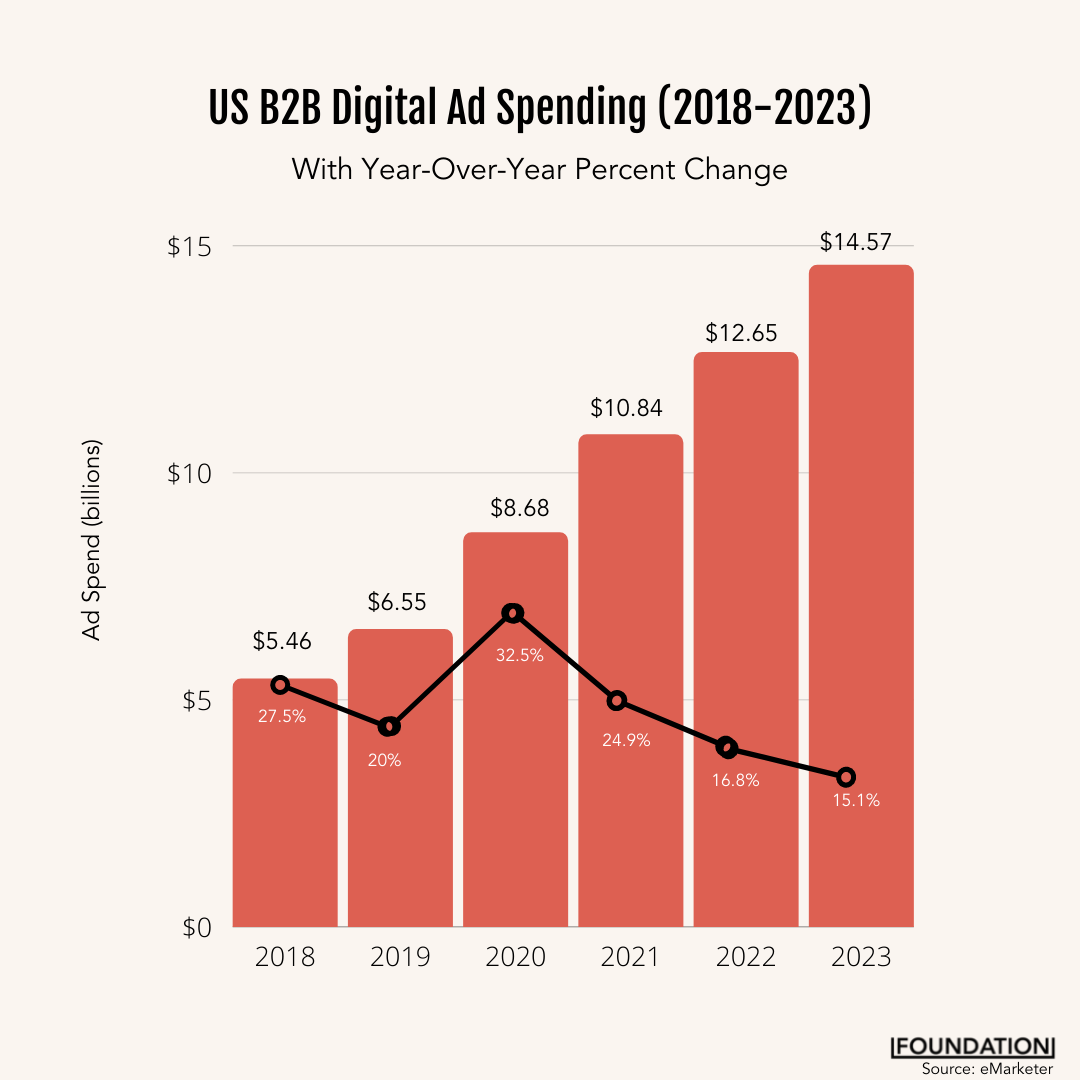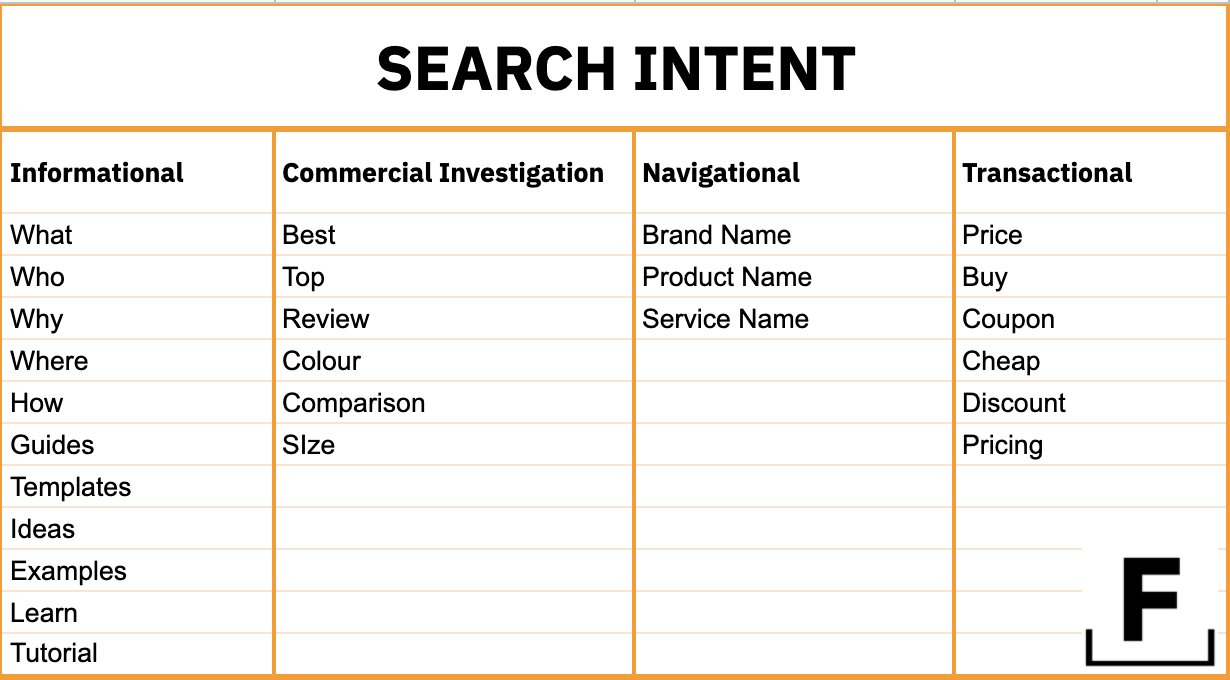Article's Content
Welcome to volume 44!
Tokyo’s 2020 Olympics wrapped on August 08, 2021, and during the 16-day sporting extravaganza, 17 world records were beaten across multiple sporting disciplines!
And 15.5 million Americans were able to navigate the needlessly confusing NBC site to stream during primetime of the Olympics. That’s 15.5M audience members exposed to the countless brand partners and team sponsors advertising through product placement. Unfortunately, that is the lowest television viewership since the South Korean Summer Olympics of 1988.
But how can we track and justify the ROI of those paid sponsorships? Eon Media has an AI solution in the works, and we suspect it will take off amongst competitors.
Before we get into that, here’s a peek at what’s to come:
- AI is making its mark on sponsorship marketing
- B2B’s digital marketing predictions for 2021-2023 are in
- The complete breakdown of Airtable’s $5.77B marketing strategy
AI’s Crucial Role In Measuring Marketing ROI
Although the cost of sponsoring an athlete (be it a logo on a team jersey) is unknown, we do know this kind of sponsorship averages at $7 million and $10 million a year.
More to the point… how can a brand justify spending upwards of $10M for a logo to be placed on an athlete’s jersey or swim cap?
With AI technologies.
Yup, we can train AI-operated robots to track the exposure of a brand’s logo during a sporting event. It’s able to track all branded / logo-applicable locations and measure the length of screen time that location receives.
This data is crucial for calculating the ROI of a sports sponsorship/partnership, and companies like Eon Media are leading the charge in creating this AI technology to collect the required data.
Some things Eon Media tracks and considers:
- Length of time the brand is seen
- How much a particular logo sighting is worth
- If the brand shot is cluttered or a clear image
- Where the branding is featured and how large it is
Knowing the ROI of brand sponsorships is beneficial not only to the brand but, in this case, to the sports teams and athletes as well.
Both sides of the partnership can leverage the ROI knowledge. On the one hand, the brand can see if the ROI is worthwhile, and those being sponsored can cite a solid ROI to encourage brands to sign with them.
This kind of technology is going to be a game-changer for sponsorships. And not just in sports. Think about knowing the ROI of sponsoring next year’s Moz Con or the next trade show. You’ll be able to know exactly how much to spend, or you’ll learn to boost sponsors’ visibility to charge a higher fee.
Eon Media is leading the way with this AI technology and ROI calculation. Whether from Eon Media or someone else, we can expect to see AI play a more significant role when planning marketing budgets.
Key Takeaways
- AI technology is entering the marketing industry.
- Data collection is still required before any averages, or available data is released.
- Using AI to calculate the ROI of paid sponsorship is a game-changer for both the brand and the sponsored in price setting.
Digital Advertising Forecast For B2B Marketing
The following predictions, estimates, and statistics are pulled from Insider Intelligence and eMarketers’ US B2B Advertising Forecast 2021.
By 2023, according to a forecast set in July 2021, US B2B digital ad spend will approach $15 billion a year. It’s also predicted that by 2023, the effects kickstarted by lockdown will be levelled out and permanent.
Off the bat, we can say that the predictions for digital US ad spend for 2021 is a bit of a miss. Due to the unpredictable nature of the lockdown-induced shift online, digital became the only route to connecting with audiences forcing most OOH and traditional marketing budgets toward digital and content marketing.

You can see the 32.5% growth between 2019 and 2020 as somewhat of an outlier, which can be attributed to the marketing system shock as in-person events were rapidly cancelled, Reddit usage serged, and gamers had a field day with stay at home orders in place.
Looking forward, we can expect to see digital spending continue to grow, though the pace has declined significantly due to the rapid peak we hit in 2020. Most marketing companies and teams had to go in on upfront costs and upgraded CRM software to support the quick move online, and those sunk costs won’t be unexpected/unbudgeted fees YoY.
Let’s reflect on the year in digital marketing spending.
How much is spent on LinkedIn display marketing?
Making up the largest share of the $5.09B predicted to be spent on display ads, LinkedIn display ads are estimated to rake in 32.2% of the total or $1.6B.
This is up 27% from 2020 when we saw $1.29B spent on LinkedIn B2B display ads.
How much is spent on search advertising?
Surpassing the cumulative spend on display ads, US B2Bs have set aside an estimated $5.39B to spend on search ads.
Although that is a greater amount of money spent, it is only 19.5% more than 2020. Meaning, search advertising is where the money and priority are for most B2B brands.
Which industries drive the greatest digital ad spend?
eCommerce would likely take the cake, but in the B2B boxing ring, tech companies are knocking out the others, accounting for 32% of the market. Taking second place for the biggest spend is the financial services sector, with 25% of total ad spend.
For the full report, you can head over to US B2B Advertising Forecast 2021 – Insider Intelligence Trends, Forecasts & Statistics.
Key Takeaways
- LinkedIn reigns supreme for B2B ad spend, making it a crowded but trendy channel.
- Search advertising has maintained its leading position in digital advertising spend and will continue to grow steadily.
- By 2023 we can expect digital marketing trends to flatten out and regain some permanency in the trends that have emerged over the past eighteen months.
Airtable’s Ability to Attract Ample Organic Traffic
Howie Liu, co-founder and CEO of the cloud software company Airtable has a knack for disruptive innovation.
In February 2010, he founded a CRM software company called Etacts. It raised $700,000 in angel funding from a range of investors, including actor Ashton Kutcher. In less than a year, Salesforce acquired Etacts to integrate the promising technology into its applications.
In the two years following, Liu saw an opportunity to redefine spreadsheets and give them a life beyond numerical analysis.
So, after a year at Salesforce, he quit his job and launched Airtbale alongside Andrew Ofstad and Emmett Nicholas. Back in 2012, Airtable was a simple up and comer — flash forward nine years to 2021, and they’ve amassed:
- 500+ employees
- $65M revenue in 2021, with 94.03% YoY growth
- A $5.77B valuation, with a fresh $270M in Series E funding
- 200K organizations as customers, including industry giants like Netflix, Forbes, IBM, HBO, Expedia, and Medium
This growth didn’t simply happen to Airtable. They leveraged search, outreach, and content to build up their $5.77 billion B2B empire.
The main appeal of Airtable is the templated landing pages they have built up to satisfy users’ needs, and rank for over 16.4K curated organic keywords.
Airtable’s understanding of search intent has been key to most of this success because search intent plays a significant role in generating search traffic. It is the reason why people type queries into search engines.
There are four types of search intent:
- Informational: Looking to learn more information (e.g., “What is Airtable?”)
- Commercial investigational: Trying to compare assets (e.g., “Airtable vs. Notion”)
- Navigational: Looking to get somewhere specific (e.g., “Personal CRM Template”)
- Transactional: Looking for an asset to buy, use, or download (e.g., “Airtable Pricing”)

Beyond targeting keywords across various search intents, Airtable has built up niche landing pages to target specific users and go after long-tail keywords.
Beyond mastering search to gain organic traffic, Airtable has successfully leveraged social proof and built up a backlink empire to propel them to the top of the charts.
For a complete breakdown of Airtable’s strategy and the one area of opportunity they haven’t tapped into, read Jessica’s latest B2B Case Study: Airtable’s Ability To Attract 3M Searches.
Key Takeaways
- Incorporate social proof into your strategy.
- Create content with the searcher’s intent in mind.
- Create link-worthy content to earn high-quality backlinks.
OTHER NEWS OF THE WEEK:
🦸 Superhuman, the world’s fastest email, has raised $75M in Series C funding on an $825M valuation.
💻MakersPlace, an NFT marketplace, has collected $30M in Series A funding.
🚜 In robotic startup news, Bear Flag Robotics was acquired by John Deere for access to their autonomous tractor technology.
BRAIN FOOD OF THE WEEK:
One industry sector that went mainly undiscussed during these past 18 months was that of video production. We know that our favourite TV shows and movies were put on hold, but so were all of our favourite ads — The Super Bowl ads.
That’s right; advertisers begin producing Super Bowl ads and holiday campaigns as early as July to avoid any last-minute scrambles. But this year, production hasn’t quite bounced back to full possibilities. Amidst the delta variant and continual restrictions, ad producers are pivoting to fewer cast members, as best as possible, and having shoots last less than two consecutive days to keep costs and risks down.
TWITTER THREAD OF THE WEEK:
16 Takeaways from Tesla’s Marketing Playbook by Alex Garcia
WHAT WE’RE WIRED INTO THIS WEEK 🎧:
Good Vibes by Tundra Beats (Best Track: Perfect Day)
Originally sent out, by me Cali B, on Thursday, August 12, 2021.
Stay up to date with all of our latest findings by subscribing to our newsletter today. Signing up also gives you early access to Ross’ Tuesday essay full of exclusive industry insights.
Quick, do it now before the next drop!







